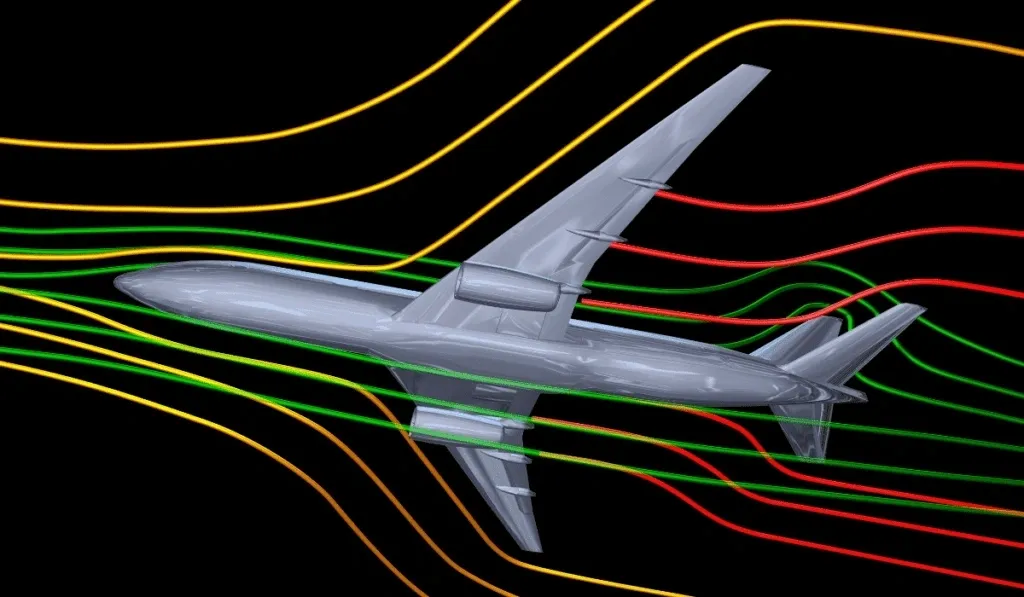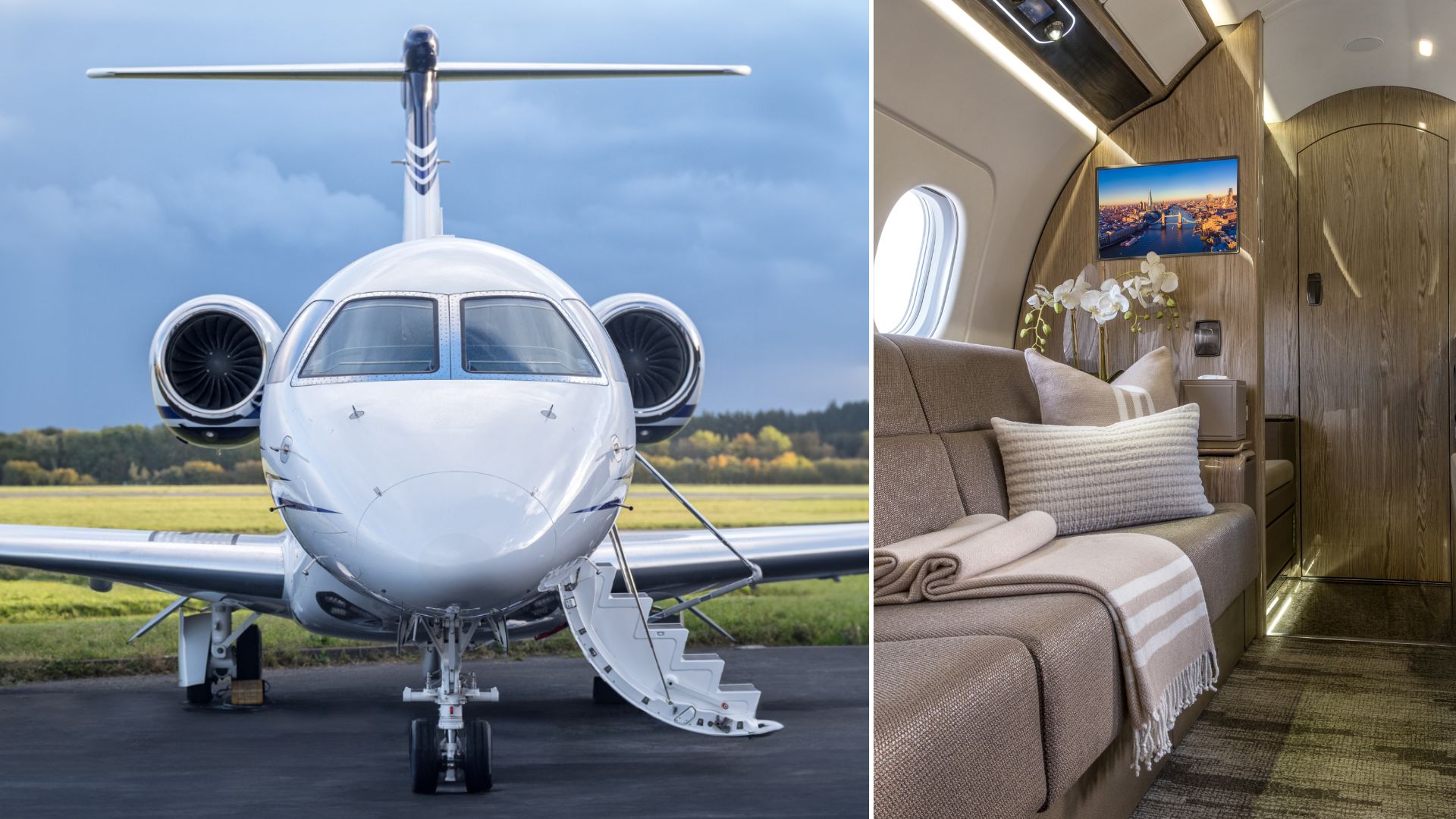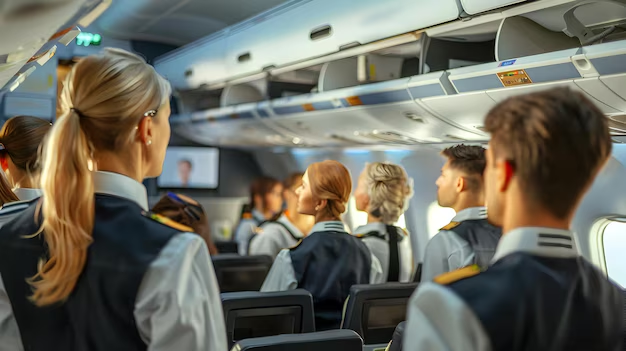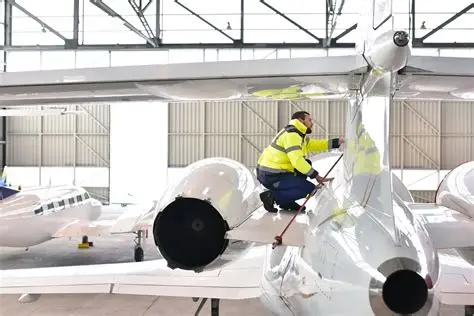Aerodynamics plays a critical role in how an aircraft flies. It determines how air flows around the plane and affects speed, stability, fuel efficiency, and maneuverability. Engineers carefully design every surface of an aircraft to reduce drag, generate lift, and optimize performance. Understanding aerodynamics is essential for both pilots and designers to achieve safe and efficient flight.
Understanding the Basics of Aerodynamics
Aerodynamics is the study of how air interacts with solid objects. For aircraft, it involves four main forces: lift, weight, thrust, and drag. Lift keeps the aircraft in the air, weight pulls it toward the Earth, thrust moves it forward, and drag resists motion. Balancing these forces is essential for smooth and controlled flight.
Aircraft wings are designed to generate lift efficiently. The curved shape of a wing, called an airfoil, helps air move faster over the top surface than the bottom. This difference in pressure creates lift. Engineers also use flaps and slats to control lift during takeoff and landing, ensuring safe operation at different speeds.
Reducing Drag for Better Efficiency
Drag slows an aircraft and increases fuel consumption. Designers reduce drag by streamlining the shape of the fuselage, wings, and tail. Smooth surfaces and tapered edges allow air to flow with minimal resistance.
Modern aircraft also use winglets, small upward or downward tips at the ends of wings. Winglets reduce vortices—swirling air currents—that increase drag. By minimizing drag, planes fly more efficiently, save fuel, and extend their range.
Enhancing Stability and Control
Aerodynamics also affects stability and control. The design of the tail, rudder, and elevators helps pilots maintain balance and maneuver safely. A properly designed tail keeps the aircraft level and prevents unwanted pitching or yawing.
Control surfaces like ailerons, flaps, and spoilers allow pilots to change the airflow around wings and tail. This makes turns smoother, helps during landings, and improves overall handling. Advanced fly-by-wire systems now adjust these surfaces automatically for optimal aerodynamic performance.
Supersonic and High-Speed Flight
At high speeds, aerodynamics becomes even more critical. Supersonic aircraft face unique challenges, such as shock waves and increased drag. Engineers use thin, swept-back wings and sharp nose designs to reduce these effects.
Efficient high-speed designs also rely on controlling airflow over the fuselage. Smooth curves and minimal protrusions help prevent turbulence and maintain stability at supersonic speeds. These principles are why fighter jets and supersonic airliners have sleek, aerodynamic shapes.
Aerodynamics and Fuel Efficiency
Aerodynamic efficiency directly impacts fuel consumption. Reducing drag allows engines to work less and consume less fuel for the same distance. Modern commercial aircraft, such as the Boeing 787 and Airbus A350, incorporate advanced wing designs and smooth fuselage surfaces to maximize efficiency.
Even small improvements in aerodynamics can lead to millions of liters of fuel saved annually. This not only reduces operating costs but also lowers carbon emissions, making aviation more sustainable.
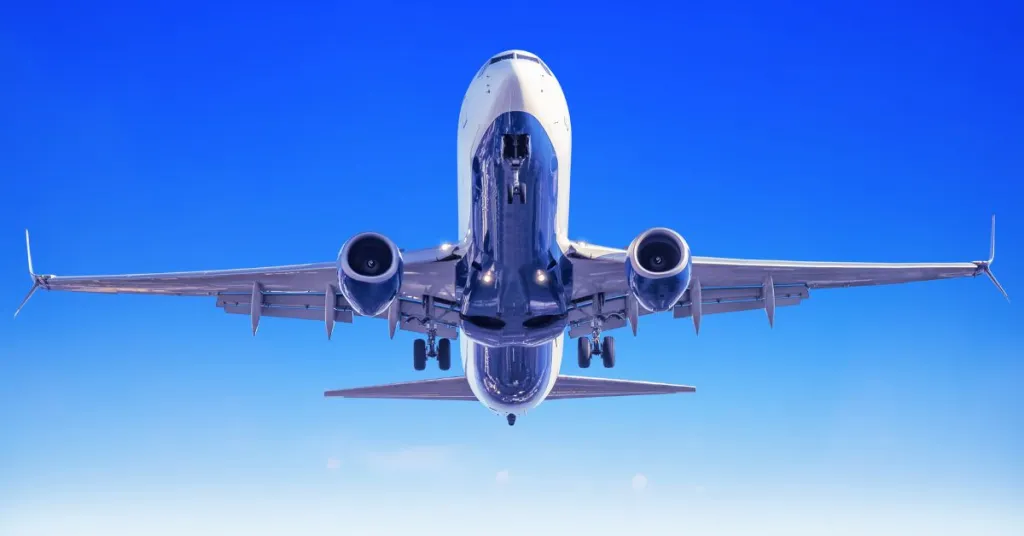
The Role of Aerodynamics in Aircraft Performance
Future of Aerodynamic Design
The future of aircraft aerodynamics involves even more advanced materials and computer-aided design. Engineers are experimenting with flexible wings, morphing surfaces, and blended body designs. These innovations can adapt to changing flight conditions, further reducing drag and improving lift.
Electric and hybrid aircraft will also benefit from aerodynamic optimization. Lighter, more streamlined designs will allow these new planes to achieve longer ranges and better performance despite smaller engines or alternative propulsion systems.
Conclusion
Aerodynamics is at the heart of aircraft performance. It influences lift, drag, stability, speed, and fuel efficiency. From wing design to advanced control systems, understanding and optimizing airflow ensures safe, efficient, and sustainable flight. As technology advances, aerodynamic innovation will continue to shape the future of aviation.

